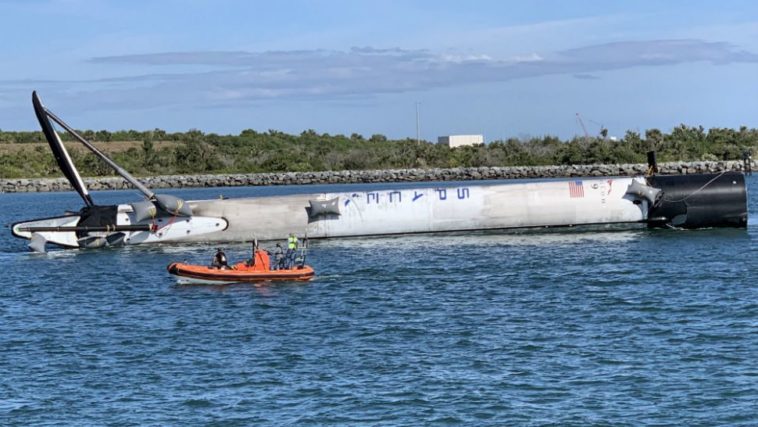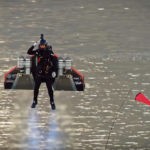Earlier on the Monday morning, the famed company SpaceX was able to make successful launches for its new Starlink satellites but the Falcon 9 rocket’s first stage that puts these satellites into the orbit missed the landing spot on its floating platform that was at sea. This is the first time that such an incident has occurred in the last 4 years. The last time when the Falcon 9 booster failed to land on one of the drone ships of SpaceX was back in June of 2016.

Still, to be clear, since then SpaceX has indeed lost quite a lot of boosters. SpaceX suffered the loss of the center core of the 3-core Falcon Heavy about 2 out of 3 times upon that rocket’s first few launches. Another Falcon 9 booster missed its landing pad located at the Cape Canaveral back in December of 2018 when it spiraled into the sea after a failure occurred in one of its gridded fins that are made for stabling the booster’s descent. Since the miss of 2016, SpaceX has not attempted about dozens of landings which the company normally does when their missions requires for a rocket to achieve high velocities that ultimately make the landings much more difficult.

The successful landings of SpaceX boosters have been the main reason for the success of the company. More a rocket recovers its rocket stages; the more it can be used for future flights. Reusing the rockets is a cost-efficient way of reaching into space. The SpaceX has gotten impressively good at catching and then reusing the rocket stages but they are also doing it much faster than ever. The rocket that was launched earlier on Monday was last used about 72 days ago. This means that SpaceX has almost broken the record for the fastest turnaround which is currently held by the space shuttle of NASA.
The booster supporting this mission previously launched the CRS-17 mission in May 2019, the CRS-18 mission in July 2019, and the JCSAT-18/Kacific1 mission in December 2019 pic.twitter.com/WWLc1LPxJj
— SpaceX (@SpaceX) February 14, 2020
As for what transpired on Monday during the attempted landing is still not clear. The broadcast only showed the puff or either steam or smoke on the drone ship’s side which indicated that the booster has missed the intended platform by a wide margin. One engineer of the SpaceX named Lauren Lyons said, “We clearly did not make the landing this time.”
Related Content






Comments
Loading…